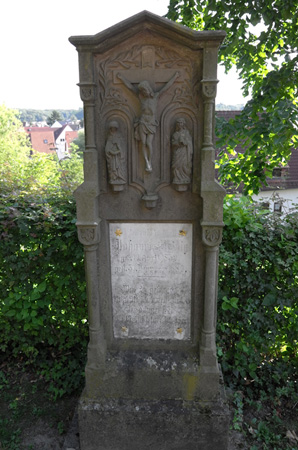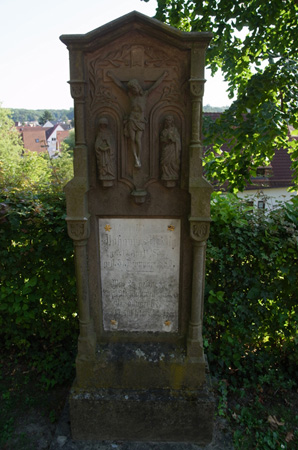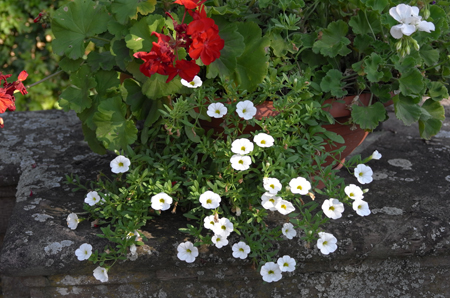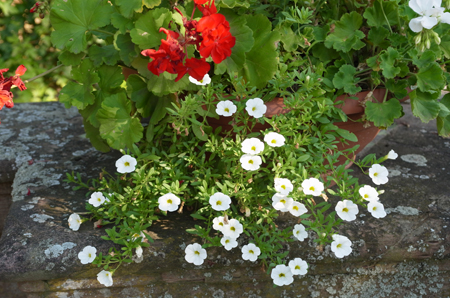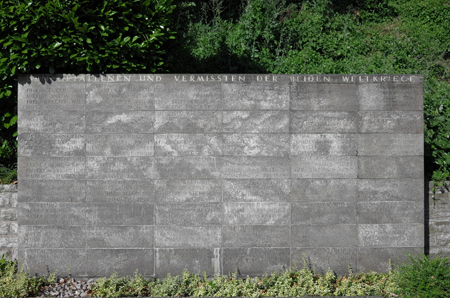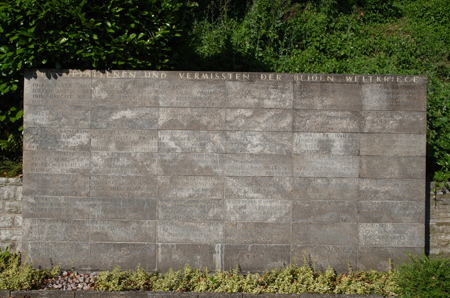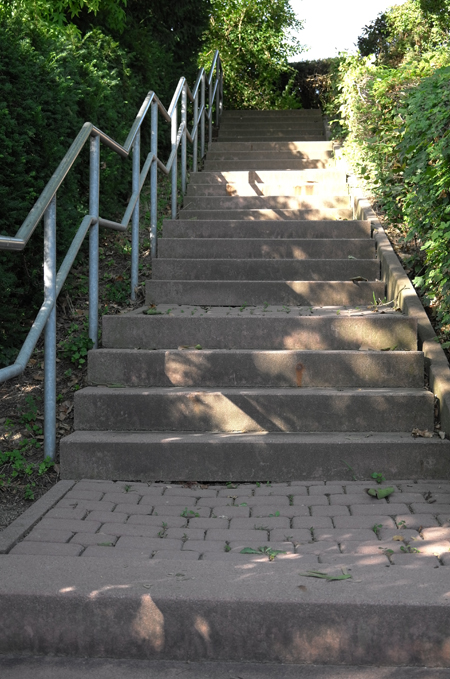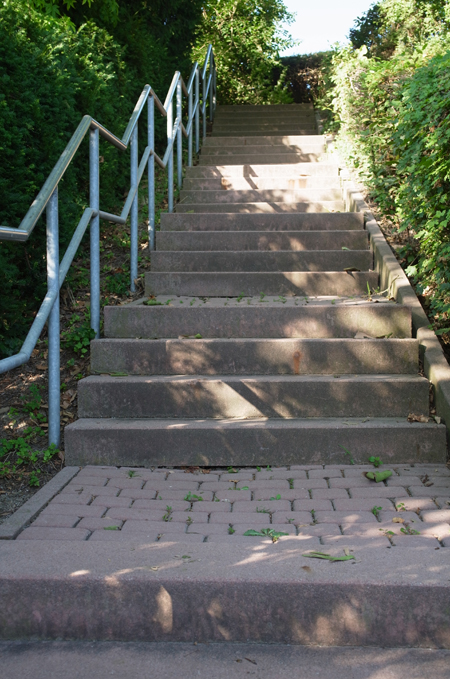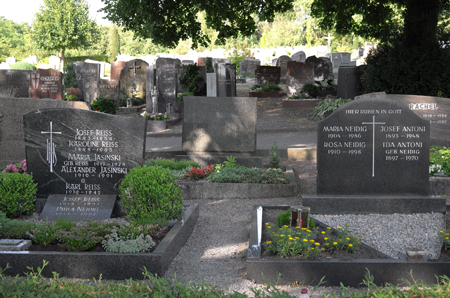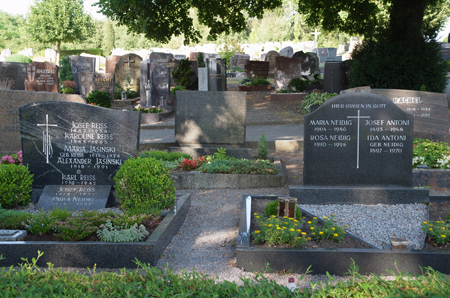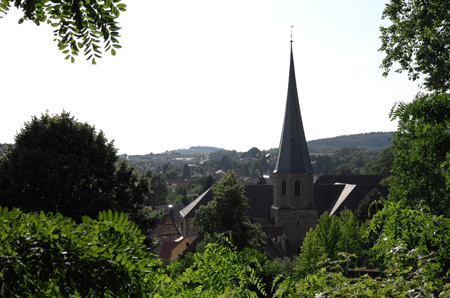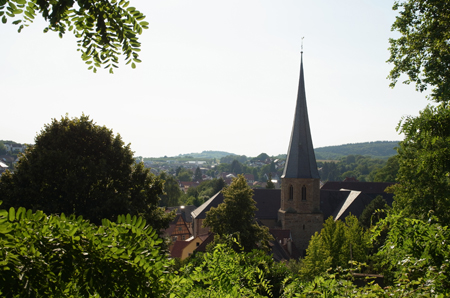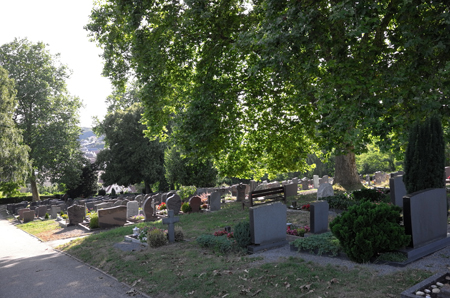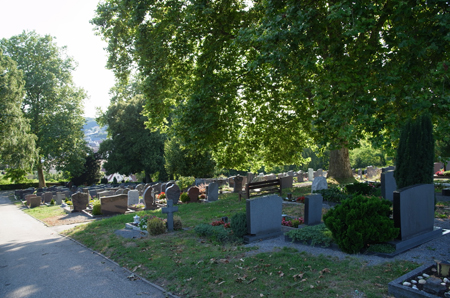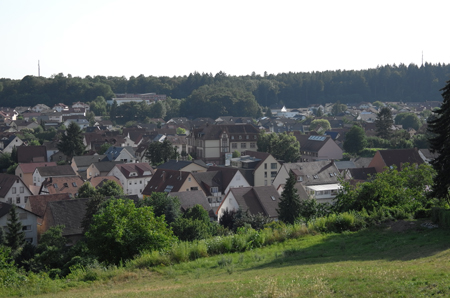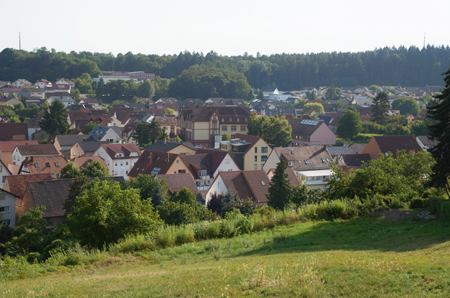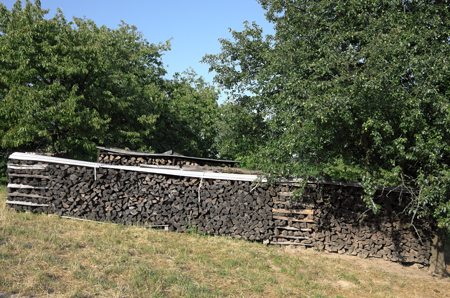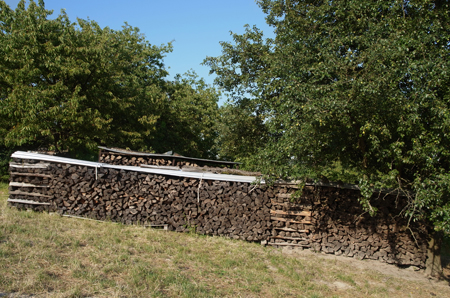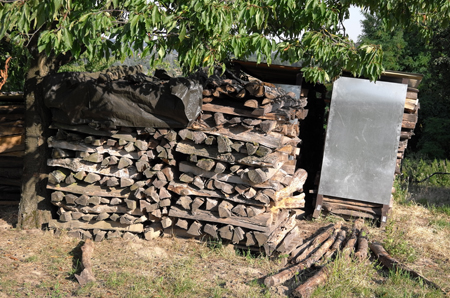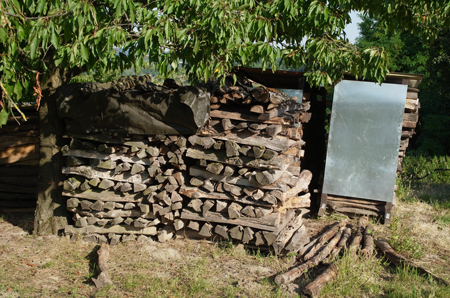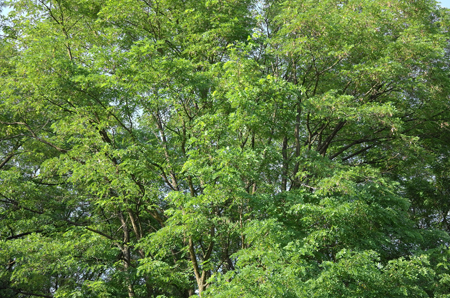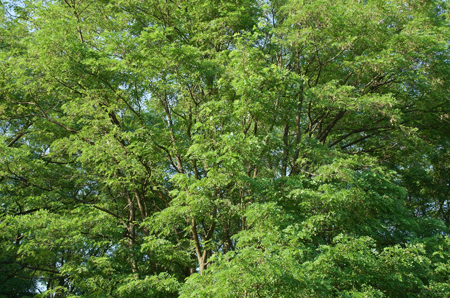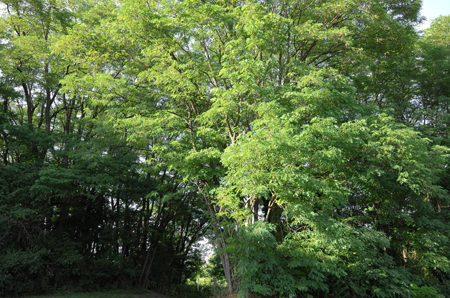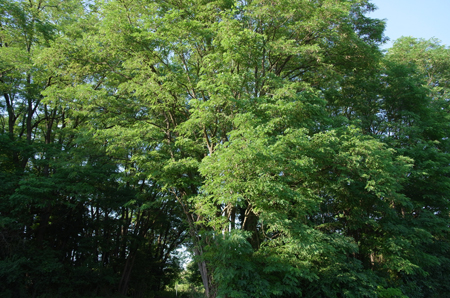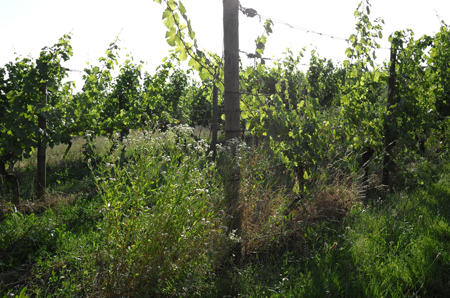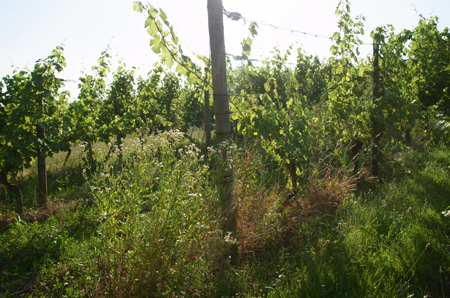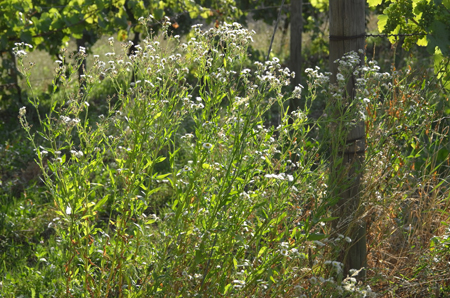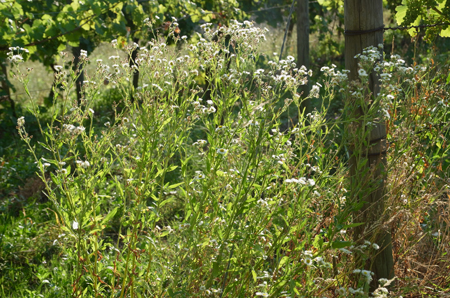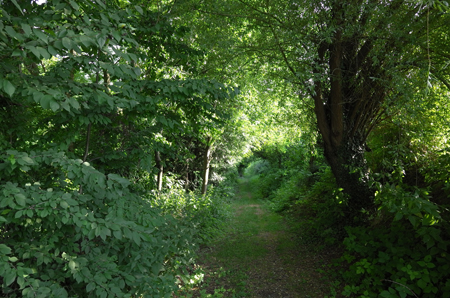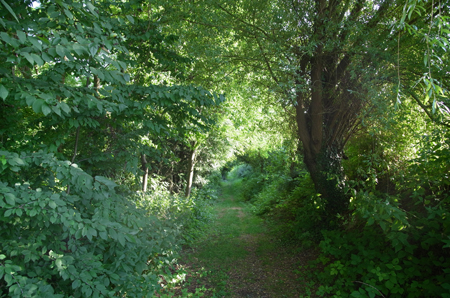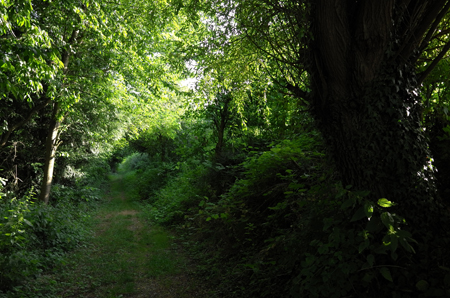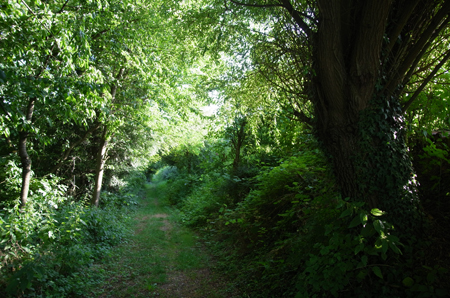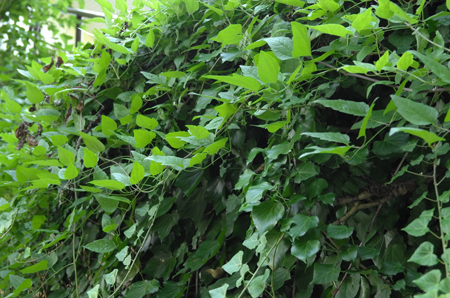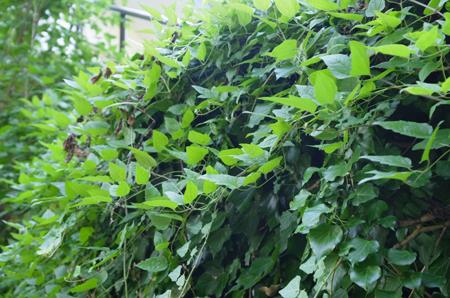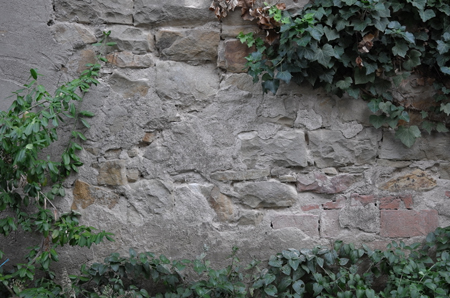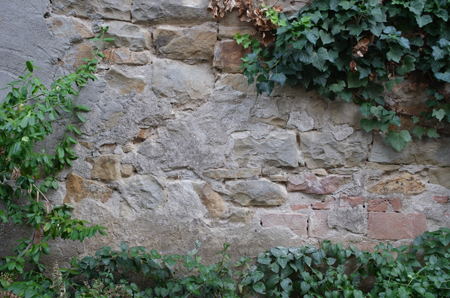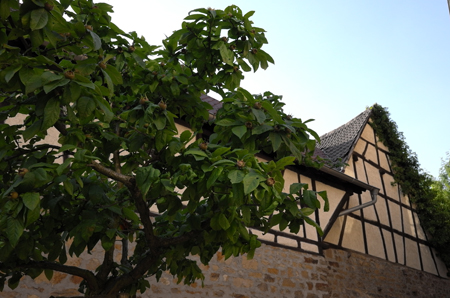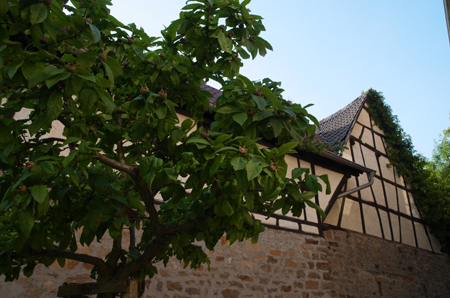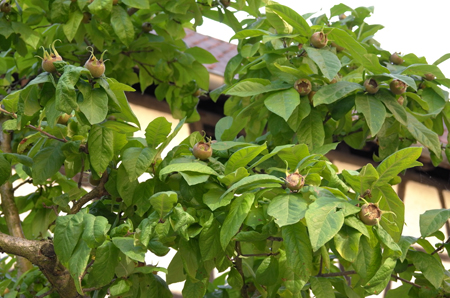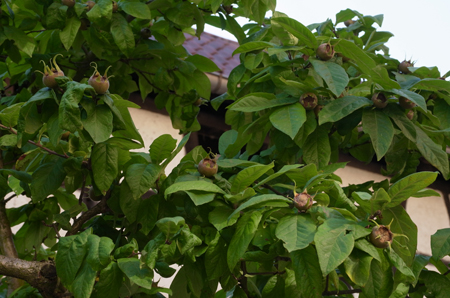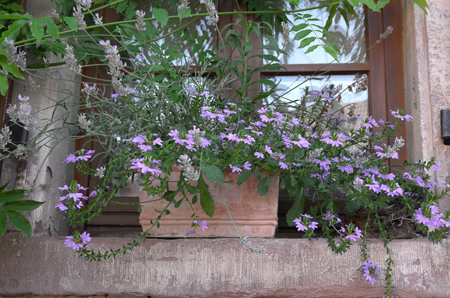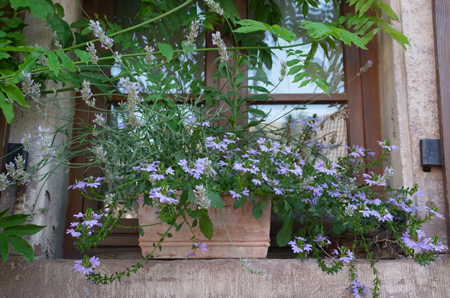Ricoh GXR: Comparison A16 24-85 with Leica X Vario
The Photos | Preliminary Observations
Archive
On this page, I would like to present comparison photos between the Leica X Vario (28-70 mm equiv., 16 Megapixels) and the Ricoh GXR A16 (24-85 mm equiv., 16 Megapixels) in JPG format. I took the photos during a summerly walk in my vicinity (Mühlhausen, Kraichgau, Germany) at the beginning of August 2013. I tried to shoot the photos as similar as possible, but sometimes I just forgot the exact section... I set both cameras to automatic program and sometimes to other automatics. Most of the time, I let the cameras decide how they expose the photos. For some motifs, I made manual changes to the exposure such as half-pressing to shutter to fix exposure. The photos are not post-processed, although some would profit from making them lighter.
On the Ricoh GXR, I used the step zoom feature to set the lens to the same focal length as the Leica X Vario, where I set the zoom position manually. Obviously, there are slight differences that led to slightly different sections at time... I stayed within the Leica X Vario zoom range of 28-70 mm equiv. and did not use 24mm or 85mm on the Ricoh GXR A16 (I also did not use features that the Leica does not have such as dynamic range compensation).
Please note that these photos are not meant for demonstrating any photographic skills. They were made for downloading and comparing the results from the two cameras. Then you can also inspect the Exif data to see how the two cameras "decided" to expose the photos.
The Photos
In the left column, you see the Leica X Vario photos, in the right column the Ricoh GXR A16 photos. You can download the original JPEG images by clicking the previews.
Preliminary Observations
Here are just a few observations...
Color
Overall, the much-praised Leica X Vario colors look a little bit duller than those of the Ricoh GXR A16. Compared with other Ricoh GXR camera units, however, I find the A16 colors a little bit too "vivid," but all this is, of course, a matter of taste. Most of the GXR photos look more "yellowish" than the Leica photos, but there are exceptions to the rule - some Leica images look more yellowish than their Ricoh counterparts...
The second motif shows a bright red flower - at least on the GXR, where it is oversaturated. The Leica's red seems a bit desaturated but not washed out.
The last motif shows a flower with violet blossoms. Here, the Leica colors are much more correct than the Ricoh's - the Ricoh delivers nearly a blue. Initially, I thought that the Ricoh would be correct, but when I had a second look at the flowers, I found out that the Leica is closer to the original...
By the way, the Ricoh GXR A16 has a pattern-based white balance, which I use all the time and which is typically very reliable. As experience shows, the Leica's automatic white balance seems to be fairly off from time to time.
Perhaps, I should note that some of my X Vario photos really look crisp and contrasty on my computer monitor, and sometimes even have the praised 3D look that my Zeiss 1.5/50 lens is praised for. But the A16 photos also look very sharp on my monitor - no comparison with the photos that my wife takes with her Ricoh CX4. All in all, there must be a reason why APS-C cameras are better than small-sensor cameras...
Exposure
Overall, the Ricoh A16 tends to darker images, that is, tends to underexpose to prevent blown highlights, and I am somewhat used to this exposure style. But the Leica style has its advantages and saves me from having to use dynamic range corrections, which the Leica does not have anyway (but the A16 has it)...
I "hand-corrected" the church tower's exposure by half-pressing the shutter release button for both cameras. Otherwise, both cameras would have underexposed the tower completely.
Sharpness, Distortion
When viewed at 100% on a computer monitor, some Ricoh GXR A16 photos look sharper at the center than the photos made with the Leica X Vario. One reason for this might be the lack of an AA (anti-aliasing) filter on the Ricoh GXR A16, whereas the Leica X Vario is told to have a weak one (no details from Leica, of course...). At the periphery, however, the X Vario is better, because my A16 sample (and it's not the only one...) has fairly soft corners (Sean Reid speaks of an excellent sensor with a mediocre lens...). You can see the fuzzy corners when you download the photos showing tree foliage (two versions with different focal lengths).
I feel that it is still too early to draw, except for the Ricoh's corner softness issue, any conclusions because only precise tests settings can tell the "truth." In real life, even slight differences in the focus and aperture settings may lead to wrong conclusions...
Distortion should also be lower for the X Vario, but my sample photos are not suitable for drawing any conclusions here. From what I read, the X Vario JPEG images are corrected in-camera for distortion,while the RAW files (DNG) are not (but Adobe Lightroom offers corrections).
Lens Flare
Leica praises the sun shade for the X Vario's lens, and I think that it is indeed needed, because I found the lens to be susceptible to lens flare. However, when looking at the sample photos, one might come to the conclusion that the GXR A16 is more susceptible to lens flare. It looks as if this issue has not been settled yet...
Final Words...
I do not intend to spend more time with comparing the results of the two cameras. In my daily practice, I use mostly the Leica X Vario, and I do not have the time for endless comparisons...
| 03.04.2019 |
